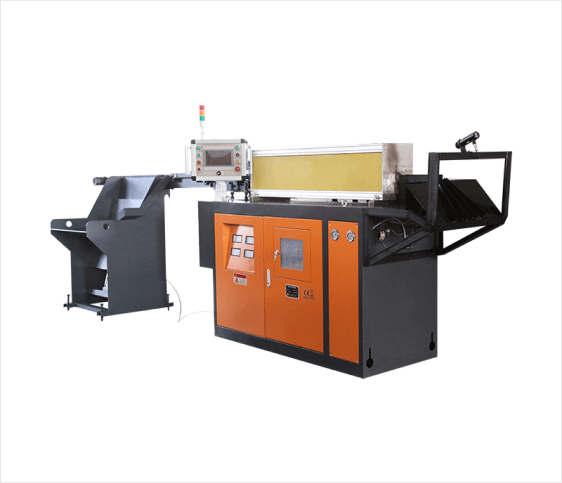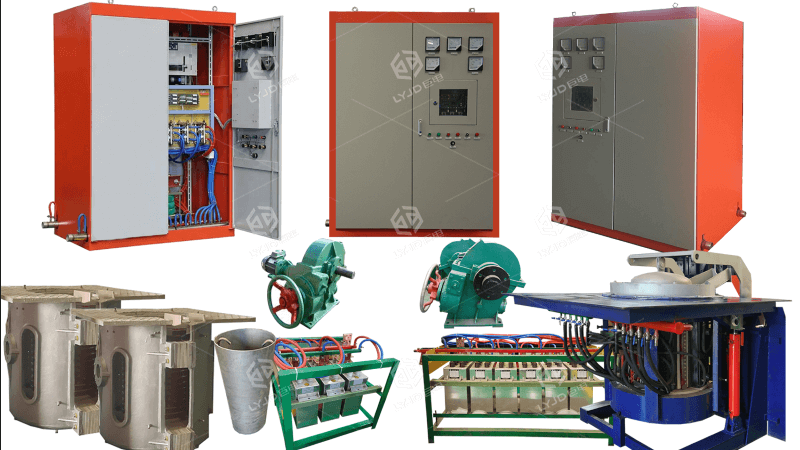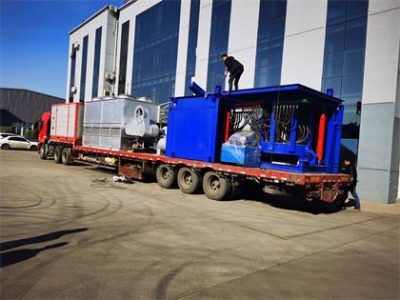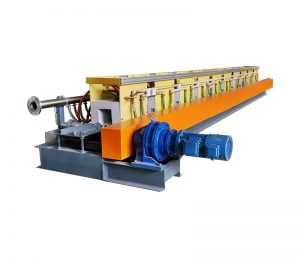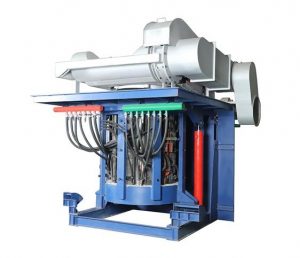The induction coil is the heart of an electric metal melting furnace, responsible for transferring electromagnetic energy to heat and melt metal efficiently. If the coil becomes blocked, cooling water flow is restricted, which can lead to overheating, reduced efficiency, and even equipment damage.
In this guide, we’ll explain the common causes of induction coil blockages and provide practical solutions to restore furnace performance and extend equipment life.
Why Coil Blockages Reduce Furnace Efficiency
During operation, a melting furnace generates intense heat. To protect the induction coil, a constant flow of cooling water is essential. If water flow is restricted, coil temperature rises, which can:
- Lower melting efficiency
- Shorten coil lifespan
- Increase energy consumption
- Cause unplanned production downtime
Two Main Causes of Induction Coil Blockage
1. Foreign Object Blockage
In some plants, cooling water is drawn directly from rivers or natural water sources. This water often contains sand, debris, and other particles that can become lodged in the copper tubing of the induction coil.
2. Scale Build-Up
Natural water sources usually have high mineral hardness. Under high furnace temperatures, minerals like calcium carbonate and magnesium hydroxide precipitate and form scale on the inner walls of the coil. Over time, this scale hardens, restricting water flow and impairing heat transfer.
Effective Solutions to Unblock an Induction Coil
- Install a Filtration System
Fit a filter screen at the water inlet to remove large debris before it reaches the furnace. Regularly clean or replace the filter to maintain optimal flow.
- Manual Removal for Shallow Blockages
If the blockage is near the inlet and easy to reach, use a soft wire or flexible rod to carefully dislodge and remove debris without damaging the copper tubing.
- Chemical Descaling for Mineral Deposits
For scale build-up, inject dilute sulfuric acid into the coil. The acid reacts with calcium and magnesium deposits, dissolving them without damaging the copper (since copper does not react with dilute sulfuric acid). Always follow proper safety procedures and flush thoroughly with clean water afterward.
Preventing Future Blockages
- Conduct routine inspections of the cooling water system
- Replace or clean filters regularly
- Use treated or softened water where possible
- Descale coils on a scheduled basis to prevent hard deposits from forming
By maintaining the cooling system and addressing blockages early, you can maximize furnace efficiency, reduce downtime, and extend the service life of your electric metal melting furnace.
Final Note
An induction coil blockage can cause significant production losses if not resolved quickly. With the right preventive measures and prompt maintenance, your furnace can operate at peak performance for years.
For professional furnace repair, coil maintenance, and high-performance electric metal melting furnace solutions, contact Luoyang Judian — your trusted partner in industrial melting technology.
